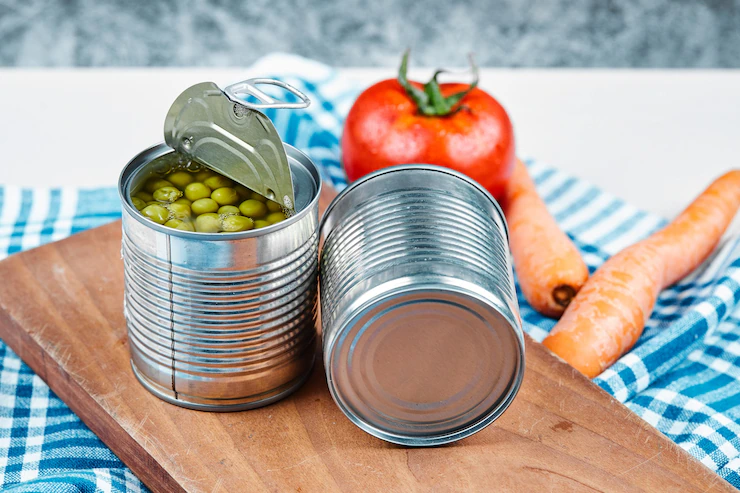Canning and preserving techniques play a crucial role in preserving the freshness and flavor of agricultural products in South Africa. With a rich and diverse agricultural sector, South Africa produces a wide range of fruits, vegetables, and other food products that are highly sought after both domestically and internationally. However, to ensure the availability of these products beyond their harvest season and to prevent spoilage, proper preservation methods are essential.
Canning is one of the most popular methods of preserving food in South Africa. It involves sealing food in airtight containers, such as cans or jars, and subjecting them to heat to destroy microorganisms and enzymes that can cause spoilage. Canning effectively locks in the freshness and flavor of the produce, allowing it to be stored for an extended period without compromising its quality.
Fresh fruits and vegetables are often harvested at their peak ripeness, when they are most flavorful and nutrient-dense. Through canning, South African farmers and food processors can capture these qualities and make them available year-round. Canned fruits, such as peaches, pears, and mangoes, retain their natural sweetness and retain important vitamins and minerals. Similarly, vegetables like tomatoes, beans, and corn can be preserved in cans while retaining their nutritional value and taste.
Preserving freshness and flavor in South African agriculture goes beyond canning. Other preservation techniques commonly employed include freezing, drying, and pickling. Freezing is a popular method for preserving fruits, vegetables, and meat. It involves rapidly cooling the produce to very low temperatures, which halts the growth of microorganisms and maintains the product’s quality. Frozen fruits and vegetables can be used in various culinary applications while retaining much of their nutritional value.
Drying is another traditional preservation method used in South Africa. It involves removing moisture from food, inhibiting the growth of spoilage-causing bacteria. Sun-drying and dehydration techniques are commonly employed to preserve fruits, vegetables, and meat products. Dried fruits, such as raisins and apricots, are popular snacks and ingredients in South African cuisine.
Pickling, the process of preserving food in an acidic solution, is also prevalent in South African agriculture. Pickled vegetables, such as cucumbers and onions, are commonly enjoyed as condiments or accompaniments to meals. The acidic environment created through pickling helps extend the shelf life of the produce while adding a unique tangy flavor.
To ensure the highest quality of preserved products, South African farmers and food processors prioritize selecting the freshest and ripest produce. They follow strict guidelines for processing and packaging to maintain hygiene and prevent contamination. Additionally, proper storage conditions, such as cool temperatures and protection from light and moisture, are essential to preserve the freshness and flavor of the canned and preserved goods.
In summary, canning, freezing, drying, and pickling are vital techniques employed in South African agriculture to preserve the freshness and flavor of a wide range of agricultural products. These methods allow South Africa to maintain a consistent supply of high-quality fruits, vegetables, and other food products throughout the year, supporting both domestic consumption and export markets.
Join 'Farmers Mag' WhatsApp Channel
Get the latest Farming news and tips delivered straight to your WhatsApp
CLICK HERE TO JOIN






